Salt Lake City Bat Removal
Welcome to Salt Lake City Bat Removal! We are Utah bat removal specialists. It is important to know that bats are protected by Utah law, and are beneficial animals to have in the environment. We do not kill any bats during our bat removal process. Never hire a pest control company or anyone who says they are a Salt Lake City bat exterminator. For correct and effective bat removal, you want a company that specializes in humane bat colony extraction. Our process is not only the only legal method in Utah, but it is the most effective. We have a 100% success rate in our bat control process. We perform our industry-best 32-point inspection of your house or building, and seal shut all bat entry holes down to 1/4 inch as part of the removal process, during which we remove the colony via special one-way exclusion devices specific to your architecture. Once all bats are safely out, we permanenetly bat-proof the structure. We also provide guano (bat droppings) removal and decon. Click on our Salt Lake City Bat Control Prices page to find out more about our prices for bat control work. We work 24/7/365, and would love to talk to you about your bat problem. Call us any time at 801-506-6292 to discuss it, discuss our pricing, and if you wish, set up an appointment at your convenience, often same-day.
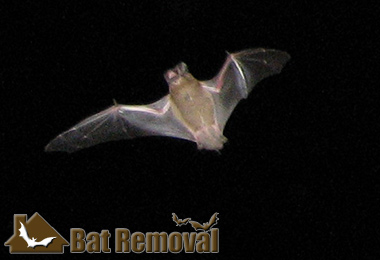
Salt Lake City Building and Attic Inspections
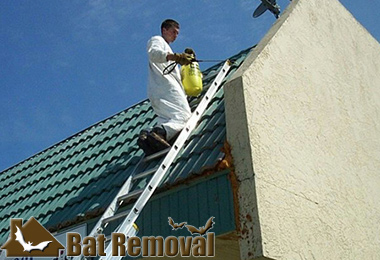
No-kill Utah Bat Extraction
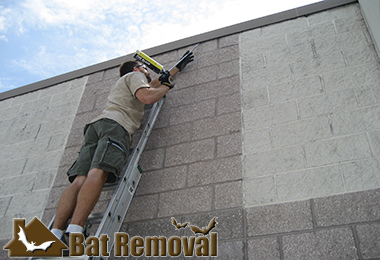
Guano Cleanouts - Serving all of Utah
Call 24/7 to discuss your bat problem.
Same-day or next-day appointments.
32-point inspection of your property.
Written estimates for bat removal project.
Fully state licensed and insured.
Residential and commercial service
100% no-kill Salt Lake City bat extraction
Complete bat-proofing of your building
Compliance with all Utah, federal laws
Guano removal and attic decontamination
Our Service Range - 801-506-6292
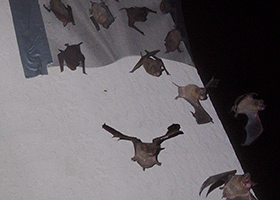

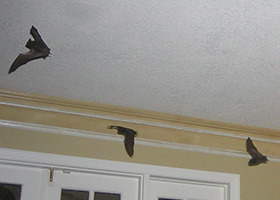
Top 4 Health Concern Related with Bats in the Attic
While most of the bats that we will encounter are considered healthy, it will not be impossible for us to come across a bat that is infected with the disease. Bats are possible carrier of virus and pathogens. Fortunately, the possibility of infection is considerably low. In case you notice that a bat is behaving strangely and acting aggressive towards you, it is best to stay away from them.
Health Hazards Related with the Bats in Your Attic
Disease from bats can be transferred to humans and pets through bites, scratches, or being exposed to the waste product of the bats such as their guano and urine. Once you notice that there has been an unusual death of bats in your area, you should immediately call the local animal biosecurity service to alert them about the possible outbreak of bat disease.
1. ABLV (Australian Bat Lyssavirus)
Humans can contract this virus through the saliva of an infected bat; when their saliva comes in contact with a broken skin or your mucous membrane or through the scratches and bites of the disease-carrying bat. The symptoms of the disease will be similar with the rabies virus and it is often lethal. As of today, there has been three cases of documented human ABLV disease. All the three incidents occur in Queensland, Australia.
2. Hendra Virus
The host of the Hendra virus would be the flying fox. The horse will then be infected with the disease by ingesting food that has been contaminated with the urine or saliva of the infected bat. Humans can then acquire the virus from the saliva of the infected horse. As of now, there has been no documented case of bats to human transmission.
3. Histoplasmosis
This is an uncommon respiratory infection that can be acquired by accidentally inhaling the fungus known as Histoplasma capsulatum found in the droppings of the birds and bats. Humans, pets, cattle, and other animals can be infected with this disease. People who are usually in direct contact with the bats and exposed on their fecal matter should wear face mask with HEPA filter to avoid inhaling the fungal spores. If you are cleaning the place of infestation, spray water directly on the guano to avoid disturbing the fungus.
4. Leptospirosis
This is another bacterial disease that can be transferred to human through a direct contact with their urine. During rare instances, this illness can lead to death. While cattle and rodents are considered as the primary carrier of this disease, there are bats that can also be infected with the disease. This disease is more common to those people who will be exposed to the bacteria-causing disease such as the meat workers, farmers, and veterinarians. Avoid the urine of the infected animal to contact your broken skin to avoid contracting the disease.
Increasing the awareness through education and information dissemination can help in reducing the probability of disease transmission. Generally, bats are health creatures and the possibility of being in contact with an infected bat is significantly low.

